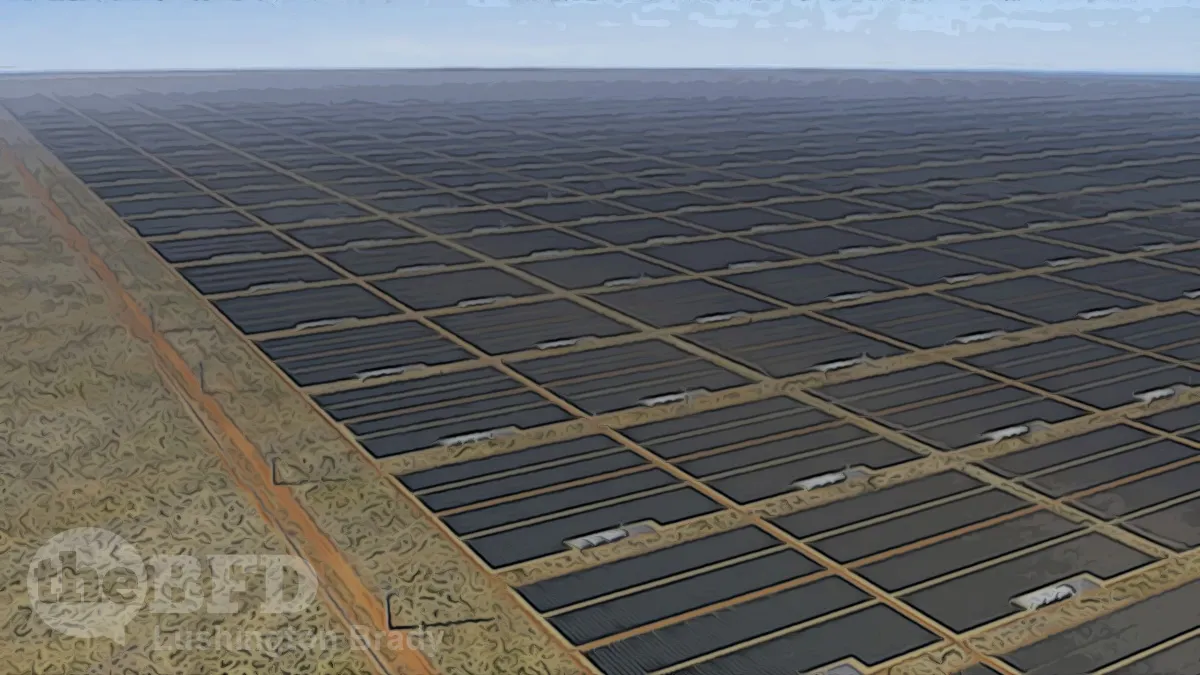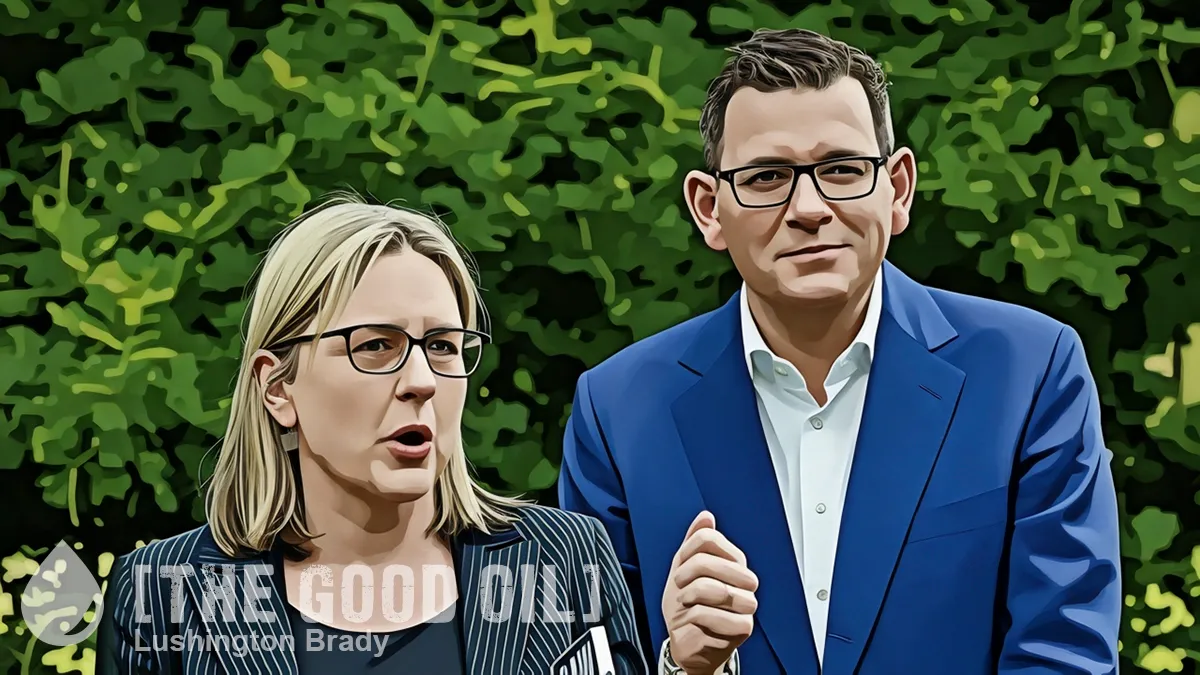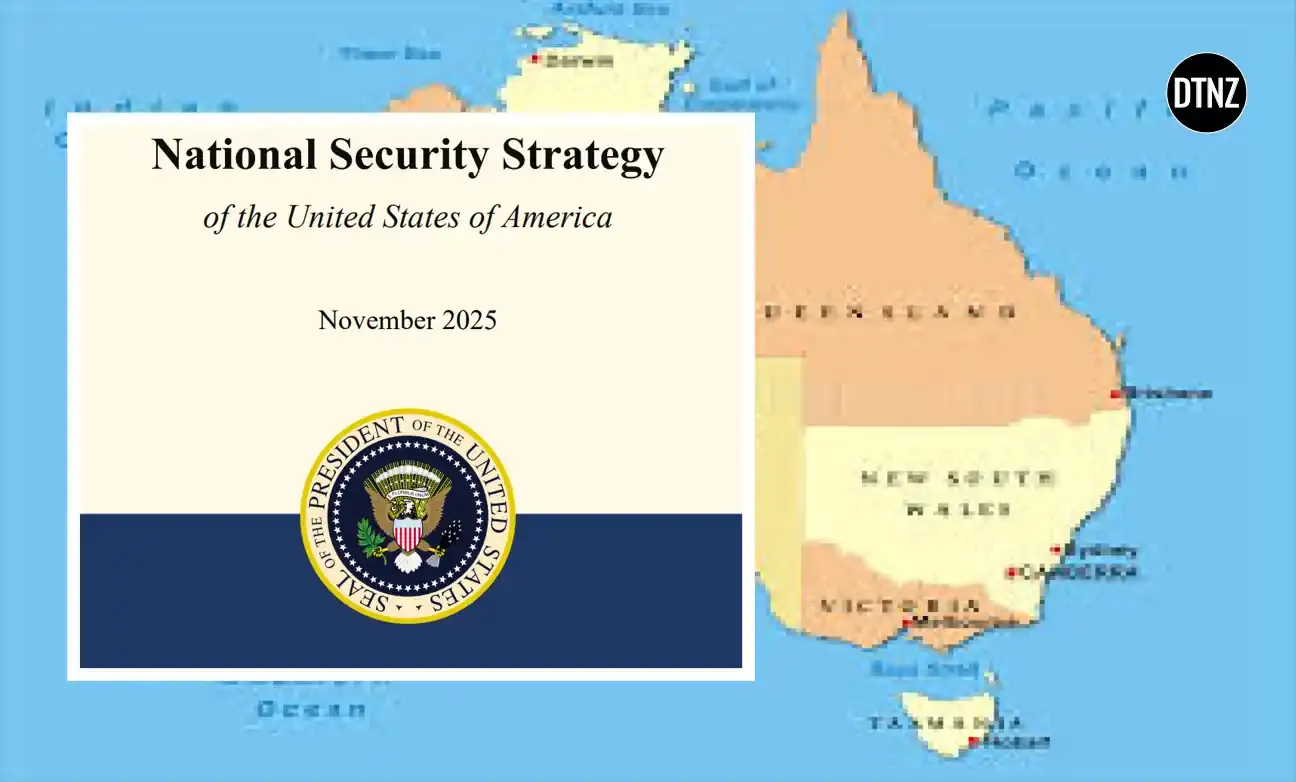They’re a strange mob, the Greens. They’ll chain themselves to the gate six-deep to a mining site if word gets out that a wallaby fell in a tailings dam and drowned. But the same gaggle of smelly unemployables and pious nosey-nannas are nowhere to be seen while wind-farms are chopping up endangered Tasmanian wedge-tail eagles by the dozen.
An oil spill (not without reason) sends Green types into an orgy of furious, spittle-flecked denunciation. But the wholesale poisoning of swathes of China and Africa from the mining and manufacture of solar panels and EV batteries… crickets.
It seems that their concern for polluted environments and threatened species is decidedly, ah, situational.
The environment, though, has just managed a narrow escape from another hare-brained Green scheme.
As reported recently by The BFD, a massive solar farm and international transmission cable planned by some of Australia’s richest men has collapsed in ego-driven infighting and financial ignominy.
But it’s a win for the rare Typhonium plant, and possibly also for millions of crabs around Indonesia who might have been hypnotized by undersea cables like the ones near the UK are. And who knows what that cable would have done electromagnetically for turtles, dugongs, whales and dolphins? Where are the Greens when giant experimental industrial parks span 5,000km of wilderness?
As a recent study has found, crabs “freeze” when they come near the massive electromagnetic fields generated by undersea cables carrying power from offshore wind turbines. The high-level electromagnetism also affects the blood cells of the crustaceans, possibly making them more susceptible to bacterial infections. And if they’re frozen still, they’re not migrating, mating or foraging.
As for the idea of covering 12,000 hectares of the Northern Territory with a solid roof of solar panels… talk about making a desert and calling it green.
Sun Cable was a $35 billion project supposedly to collect those sacred green electrons on a 12,000 hectare “farm” in Australia (120 square kilometers) and send them to Singapore via an 800 km land cable and then a 4,200km undersea cable. It was theoretically going to be nine times bigger than the largest solar plant in the world, and use a cable 6 times longer than the longest one ever built.
So this was ambition-on-steroids, and had economies of scale up the kazoo, and possibly as much sunlight as any place on Earth, but it was still obscenely uneconomic and expensive. Allegedly, environmentally, it would have achieved the equivalent of taking 2.5 million cars off the road each year, in other words, virtually nothing or even less. For $30b they were reducing the small Australian car fleet by… 12%.
Does it strike anyone as ludicrous to spend $30 billion for the equivalent of just 0.07% of Australia’s annual energy consumption?
The same money buys quite a few nuclear plants that will last five times longer and reduce CO2 by vastly more. But it was never about “saving the world”, was it — just about building bigger subsidy farms, and winning a fashion contest at inner city dinner parties […]
The legacy media is a defacto PR team for unreliable energy, so they’re selling this collapse as the fault of “Big Egos” — not because the solar project was a stupid idea.
Jo Nova
Even the legacy media are forced to concede that the project was bleeding money — before it’s laid so much as a metre of cable or installed a single solar panel. “It is difficult to understand why… it’s apparently burning through so much cash”, they wring their hands.
I mean, it couldn’t possibly be because solar is a money-pit boondoggle that can’t even survive without a river of taxpayer’s cash to keep it afloat.









